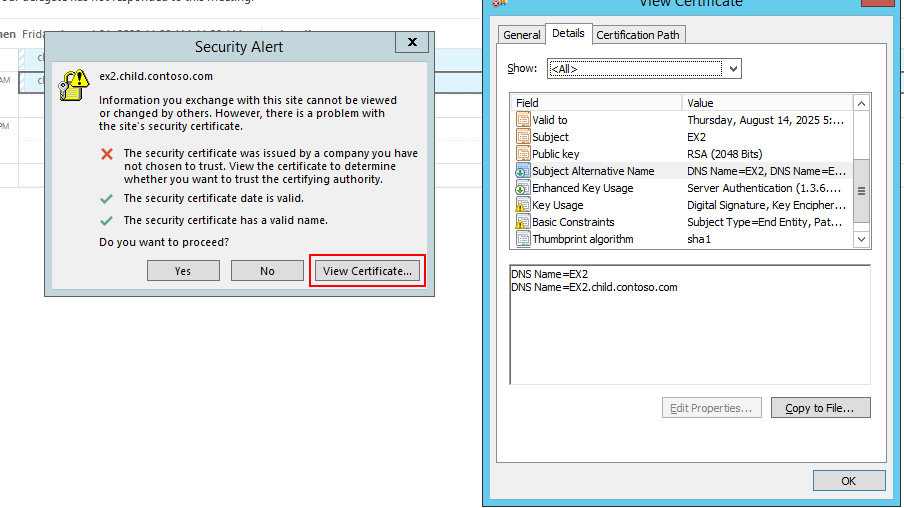I suspect a root domain autodiscover lookup.
Try this reg tweak on a workstation seeing this issue and see if it fixes it:
To prevent Outlook 2016 from using the root domain of the user's SMTP address to locate the Autodiscover service, set the ExcludeHttpsRootDomain registry subkey to a value of 1. To do this, follow these steps:
Open Registry Editor.
Locate and then click the following registry subkey:
HKEY_CURRENT_USER\Software\Microsoft\Office\16.0\Outlook\Autodiscover
On the Edit menu, point to New, and then click DWORD Value.
Type ExcludeHttpsRootDomain, and then press Enter.
On the Edit menu, click Modify, type 1 in the Value data box, and then click OK.
Exit Registry Editor.
You can verify where its hanging up following this article:
You can use the following steps in Outlook to determine the method by which Outlook is trying to retrieve Autodiscover information from Exchange:
Start Outlook.
Press the CTRL key, right-click the Outlook icon in the notification area, and then click Test E-mail AutoConfiguration.
Verify the e-mail address is correctly entered in the E-mail Address box.
Enter your password if you are not logged into a domain or if you are accessing a mailbox that is different from your mailbox.
Click to clear the Use Guessmart and the Secure Guessmart Authentication check boxes.
Click Test.
Review the details on the Log tab.
The following figure shows the Log tab when the ExcludeScpLookup and ExcludeHttpsAutoDiscoverDomain values have been set to 1.

or use ExRCA


